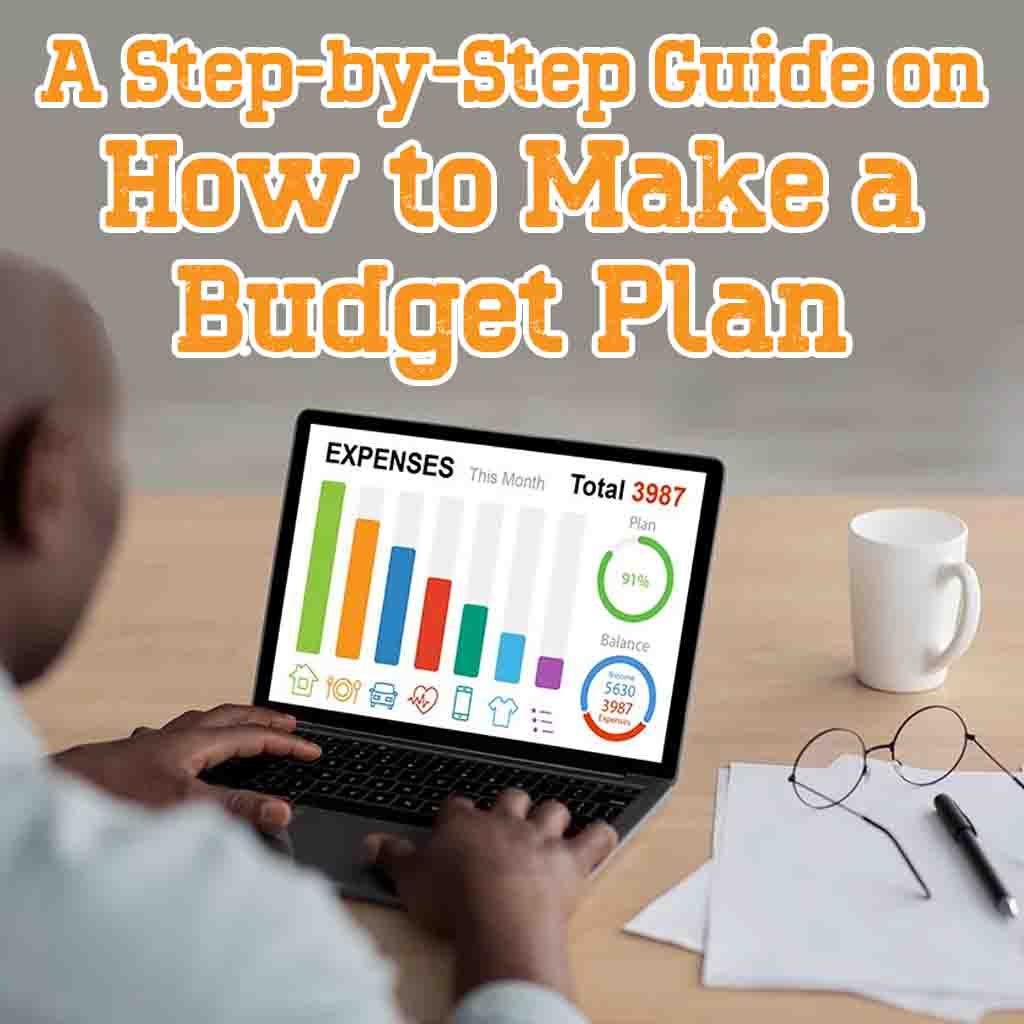
Creating a budget plan is a fundamental financial skill that can empower you to take control of your finances, achieve your financial goals, and secure a more stable future. Whether you’re looking to save for a vacation, pay off debt, or build an emergency fund, a well-structured budget plan is your roadmap to success. In this comprehensive guide, we’ll walk you through the process of creating an effective budget plan, step by step.
Step 1: Set Clear Financial Goals
Before you start crunching numbers, it’s crucial to define your financial goals. What are you aiming to achieve with your budget plan? Whether it’s buying a home, retiring early, or simply avoiding paycheck-to-paycheck living, having specific goals will give your budget purpose and motivation.
Step 2: Gather Your Financial Information
To create an accurate budget plan, gather all your financial information. This includes:
- Income: Calculate your monthly income from all sources, including your salary, freelance work, investments, and any other sources of income.
- Expenses: List all your monthly expenses, including fixed expenses like rent/mortgage, utilities, and insurance, as well as variable expenses like groceries, dining out, entertainment, and transportation.
- Debts: Take note of any outstanding debts, such as credit card balances, student loans, or personal loans.
Step 3: Categorize Your Expenses
Organize your expenses into categories. Common categories include housing, utilities, groceries, transportation, entertainment, and savings. Creating these categories will help you see where your money is going and identify areas for potential savings.
Step 4: Calculate Your Monthly Income and Expenses
Now, it’s time to crunch the numbers. Calculate your total monthly income and total monthly expenses. Be sure to differentiate between essential expenses (like housing and groceries) and discretionary expenses (like dining out or entertainment).
Step 5: Create a Budget
Based on your income and expenses, create a budget that aligns with your financial goals. Allocate a specific amount of money to each expense category, ensuring that your income covers all your expenses. Remember to include savings as an expense category – paying yourself first is crucial for long-term financial security.
How to Make a Budget in Excel
How to Make a Budget in Excel
Learn how to make a budget in Excel with our step-by-step guide. Excel’s powerful spreadsheet capabilities can help you take control of your finances, track expenses, and work towards your financial goals effectively. Get started today and gain the skills to manage your money with confidence.
Click hereStep 6: Track Your Spending
Once you’ve established your budget, it’s essential to track your spending. This can be done using budgeting apps, spreadsheets, or even old-fashioned pen and paper. Regularly input your expenses and compare them to your budget to ensure you’re staying on track.
Step 7: Adjust and Fine-Tune
Life is unpredictable, and your financial situation may change. Regularly review your budget plan and make adjustments as needed. If you receive a windfall or experience a decrease in income, adapt your budget accordingly. Flexibility is key to a sustainable budget plan.
Step 8: Set Aside an Emergency Fund
An emergency fund is a crucial part of any budget plan. Aim to save at least three to six months’ worth of living expenses in an easily accessible account. Having an emergency fund provides a financial safety net for unexpected expenses like medical bills or car repairs.
Step 9: Monitor and Evaluate Your Progress
Periodically assess your progress toward your financial goals. Are you meeting your savings targets? Are you paying down debt as planned? Adjust your budget or financial goals if necessary to stay on track.
Step 10: Seek Professional Guidance
If you find budgeting challenging or have complex financial goals, consider consulting a financial advisor. They can provide expert advice tailored to your specific situation and help you make informed financial decisions.
Related Articles
Conclusion
Creating a budget plan is a fundamental step towards achieving financial stability and reaching your financial goals. By setting clear goals, tracking your income and expenses, and maintaining flexibility, you can take control of your finances and build a brighter financial future. Remember, budgeting is not about restriction; it’s about empowerment and making your money work for you. Start today, and watch your financial dreams become a reality.
